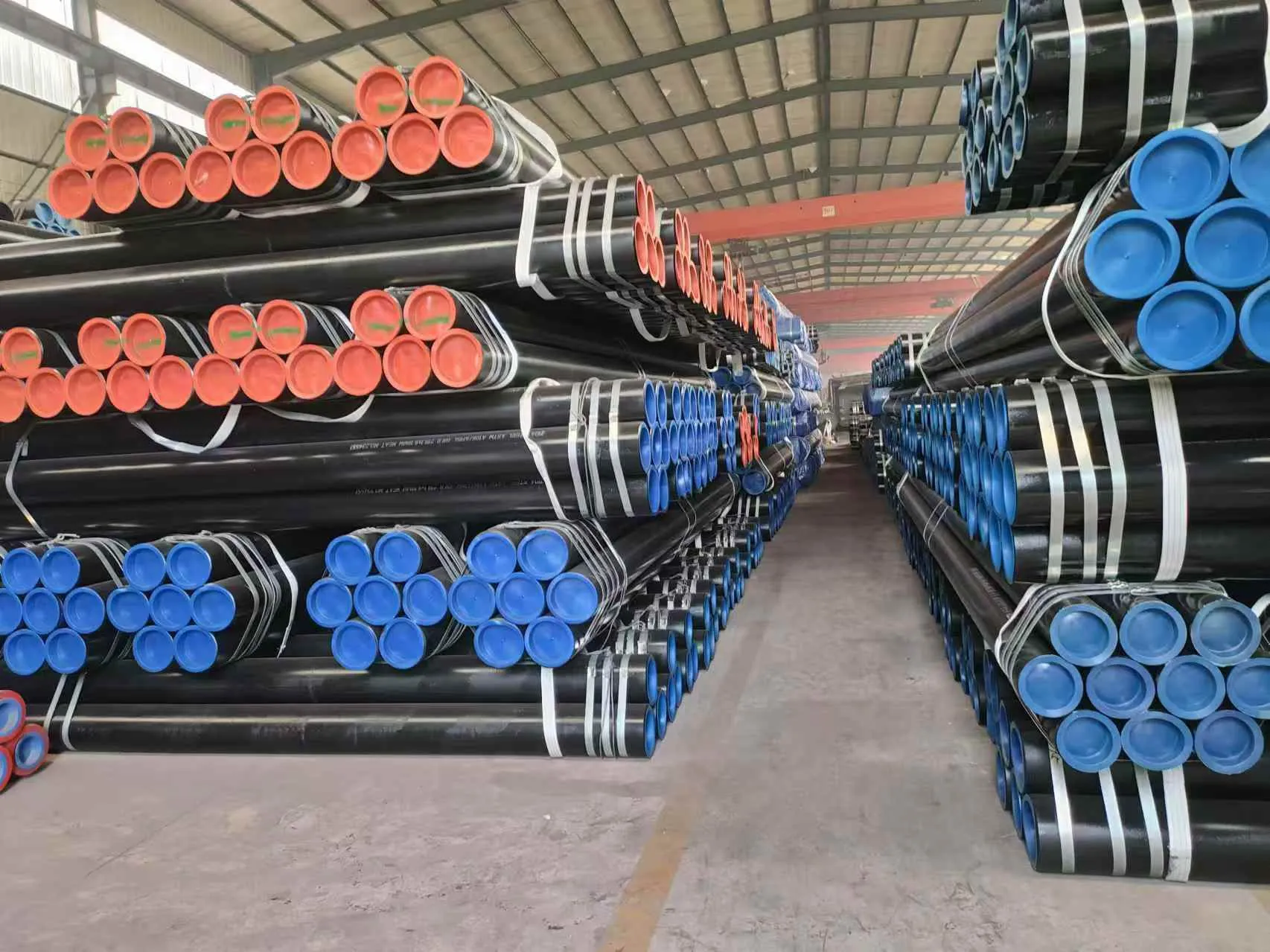-
Cangzhou Yulong Steel Co., Ltd.
-
Phone:
+86 13303177267 -
Email:
admin@ylsteelfittings.com
- English
- Arabic
- Italian
- Spanish
- Portuguese
- German
- kazakh
- Persian
- Greek
- French
- Russian
- Polish
- Thai
- Indonesian
- Vietnamese
- Zulu
- Korean
- Uzbek
- Hindi
- Serbian
- Malay
- Ukrainian
- Gujarati
- Haitian Creole
- hausa
- hawaiian
- Hebrew
- Miao
- Hungarian
- Icelandic
- igbo
- irish
- Japanese
- Javanese
- Kannada
- Khmer
- Rwandese
- Afrikaans
- Albanian
- Amharic
- Armenian
- Azerbaijani
- Basque
- Belarusian
- Bengali
- Bosnian
- Bulgarian
- Catalan
- Cebuano
- China
- China (Taiwan)
- Corsican
- Croatian
- Czech
- Danish
- Esperanto
- Estonian
- Finnish
- Frisian
- Galician
- Georgian
- Kurdish
- Kyrgyz
- Lao
- Latin
- Latvian
- Lithuanian
- Luxembourgish
- Macedonian
- Malgashi
- Malayalam
- Maltese
- Maori
- Marathi
- Mongolian
- Myanmar
- Nepali
- Norwegian
- Norwegian
- Occitan
- Pashto
- Dutch
- Punjabi
- Romanian
- Samoan
- Scottish Gaelic
- Sesotho
- Shona
- Sindhi
- Sinhala
- Slovak
- Slovenian
- Somali
- Sundanese
- Swahili
- Swedish
- Tagalog
- Tajik
- Tamil
- Tatar
- Telugu
- Turkish
- Turkmen
- Urdu
- Uighur
- Welsh
- Bantu
- Yiddish
- Yoruba

Dec . 09, 2024 22:14 Back to list
Flange Design Specifications for ANSI 150 Standards and Applications
Understanding ANSI 150 Flanges A Comprehensive Overview
When it comes to piping systems, the importance of flanges cannot be overstated. Flanges serve as the critical connection points that allow different sections of a pipeline to be joined together effectively. Among various flange types, the ANSI 150 flange stands out due to its widespread application and robust design. In this article, we will explore the features, manufacturing standards, applications, and maintenance of ANSI 150 flanges.
What is an ANSI 150 Flange?
The ANSI (American National Standards Institute) 150 flange refers to a specific classification of flanges defined by the ANSI/ASME B16.5 standard. The 150 in its name indicates its pressure-class rating, which signifies the maximum pressure it can withstand. ANSI 150 flanges are typically used in systems that operate at temperatures not exceeding 250°F (121°C) at a pressure of 150 psi.
These flanges can be made from various materials, including carbon steel, stainless steel, and alloy steel, making them versatile for multiple applications. The dimensions, including the inner diameter and bolt circle diameter, are standardized, allowing for compatibility with other components in the piping system.
Standards and Specifications
The ANSI/ASME B16.5 standard governs the design and dimensional specifications of flanges sizes from 1/2 inch to 24 inches. This standard provides specific details regarding the flange's thickness, bolt hole dimensions, and other mechanical properties, ensuring that all ANSI 150 flanges meet a high level of quality and safety.
Additionally, ANSI 150 flanges are further classified into different types based on their design, including slip-on flanges, threaded flanges, and weld neck flanges. Each of these types has its unique characteristics and applications, making it crucial to choose the right one for a specific use case.
Applications of ANSI 150 Flanges
ANSI 150 flanges are prevalent in various industries due to their balance of strength and adaptability. Some common applications include
1. Chemical Processing In chemical plants, ANSI 150 flanges connect pipes that carry corrosive substances. Their ability to withstand certain pressure levels and temperatures makes them suitable for such environments.
flange 3 ansi 150

2. Oil and Gas The oil and gas industries frequently utilize ANSI 150 flanges for pipeline connections and various machinery, including pumps and compressors. Their robustness helps ensure the integrity of the pipelines carrying hydrocarbons.
3. Water and Wastewater Treatment ANSI 150 flanges are used in treatment facilities to connect different components of the system, ensuring that water is effectively treated and distributed.
4. HVAC In heating, ventilation, and air conditioning systems, ANSI 150 flanges may be employed to connect ducting and other mechanical equipment, aiding in efficient air delivery and temperature control.
Maintenance and Best Practices
Maintaining ANSI 150 flanges is essential for ensuring the longevity and reliability of the piping system. Here are some best practices to follow
- Regular Inspections Periodic inspections should be conducted to check for signs of wear, corrosion, or damage. Early detection can prevent larger issues down the line.
- Proper Torqueing When installing ANSI 150 flanges, it is crucial to adhere to the manufacturer's specifications for bolt torque. Over-tightening or under-tightening can lead to flange failure.
- Sealing and Gasket Use To prevent leaks, ensure that appropriate gaskets are used and that they are in good condition. Regularly check gaskets for wear and replace as necessary.
- Environmental Considerations Certain environments, such as those exposed to saltwater or aggressive chemicals, may require flanges made from specific materials, such as stainless steel, to enhance resistance to corrosion.
Conclusion
In conclusion, ANSI 150 flanges play a vital role in modern piping systems across various sectors. Their robust design, adherence to standardized specifications, and adaptability make them indispensable in industries like chemical processing, oil and gas, and HVAC systems. Understanding the principles of ANSI 150 flanges, including their applications and maintenance routines, is critical for professionals working with piping systems to ensure safety and operational effectiveness. With proper knowledge and care, ANSI 150 flanges can provide years of reliable service.
Latest news
-
ANSI 150P SS304 SO FLANGE
NewsFeb.14,2025
-
ASTM A333GR6 STEEL PIPE
NewsJan.20,2025
-
ANSI B16.5 WELDING NECK FLANGE
NewsJan.15,2026
-
ANSI B16.5 SLIP-ON FLANGE
NewsApr.19,2024
-
SABS 1123 FLANGE
NewsJan.15,2025
-
DIN86044 PLATE FLANGE
NewsApr.19,2024
-
DIN2527 BLIND FLANGE
NewsApr.12,2024
-
JIS B2311 Butt-Welding Fittings LR/SR 45°/90° /180°Seamless/Weld
NewsApr.23,2024











